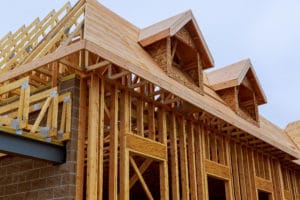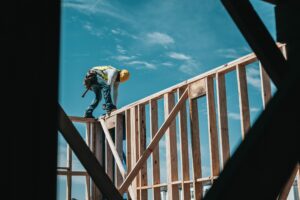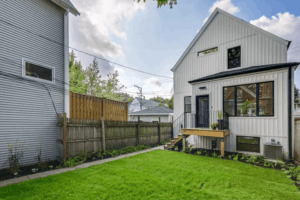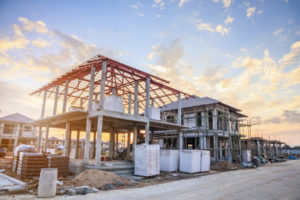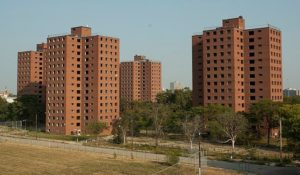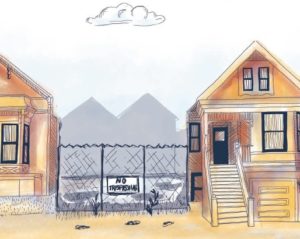The Hill: Local governments are undermining state laws that encourage ‘granny flats’
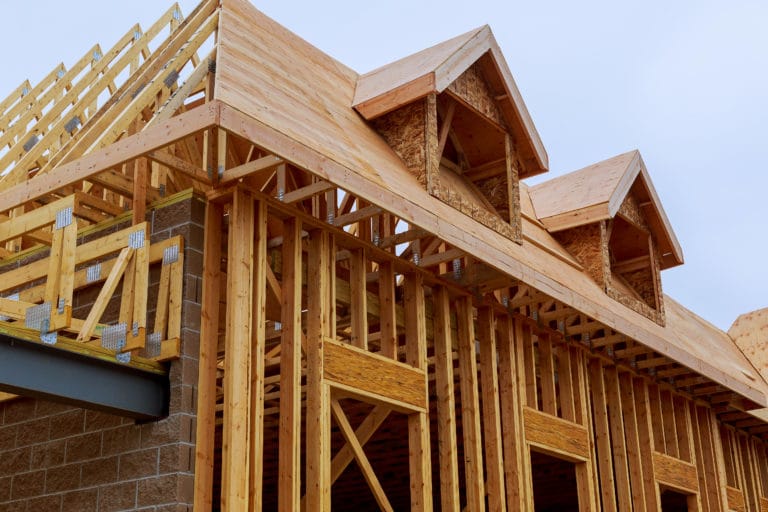
It’s well known that California is in the midst of a housing crisis that grows more severe all the time. For decades, we have seen too few homes built, and those that are built are too expensive. The poor and middle class suffer the most from the housing shortage, increasingly finding themselves priced out of homes and apartments located near good jobs and schools.
This problem has been well documented, so there is no excuse when our cities refuse to allow individuals to take steps to alleviate the housing shortage. Yet communities across California continue to oppose the simplest of housing reforms: allowing property owners to build accessory dwelling units, or ADUs, commonly known as “granny flats” or “in-law apartments.”
As far back as 1981, the state legislature recognized that the lack of developable land is one of the key obstacles to increasing housing supply. There is land available to build on in California cities, but zoning codes strictly limit the use of undeveloped land. To open up more capacity, California adopted a statewide law that legalized the production of ADUs.
It was a win-win solution. By legalizing ADUs, the state unlocked previously unusable land, resulting in a massive increase of potential housing. Owners could build a rental unit to help with their mortgage payments, or build a cottage where their parents could age in place. Better yet, the cost of an ADU is typically a fraction of a stand-alone house or apartment unit, resulting in the potential for new affordable housing.
Many cities, however, continued to resist this modest reform, even as the housing shortage reached critical mass. So the state pushed back again in 2016 and 2019, amending the law to require — rather than request — that cities allow ADU development as a right of ownership. The state law directs California cities to approve ADU permits that satisfy certain conditions, such as unit and lot size, without the lengthy and costly process typical of building permits.
Communities that implemented this law, such as Los Angeles and San Diego, have seen a surge in the production of new affordable housing. But still, the state’s ADU mandate wasn’t enough to convince many cities to take the plunge into granny flats.
In San Marino, for example, Cordelia Donnelly applied for a permit to build an ADU above her detached garage. Although her proposal met all of the state requirements, city officials still rejected it because, under the city’s strict standards, Donnelly’s lot was too small, her proposed ADU was too big (the same footprint as the garage), and her garage was too close to the house.
Donnelly has petitioned San Marino’s decision to the California Supreme Court, arguing that the city cannot adopt standards that ban exactly what the state allows by right. The court’s decision about whether to take her case will have significant implications for meaningful housing reform.
San Marino’s situation highlights one of the root causes of the housing crisis: needlessly restrictive zoning laws result in fewer homes being built, with those that are built carrying higher price tags. The word “needlessly” is intentional. The only justification for the city’s strict ADU rules is to protect established neighborhoods from change that could result from building more affordable homes. It is a policy of exclusion.
The exclusionary character of single-family zoning can be seen clearly in Village of Euclid v. Ambler Realty Co. (1926), in which the U.S. Supreme Court upheld a zoning law that barred multi-family residences. The court concluded that apartments are a “parasite” because they “take advantage of the open spaces and attractive surroundings created by the residential character of the district.” Simply put, zoning excludes new people and opportunities from coming into the community. Such a policy has no place in modern society.
Donnelly’s case shows that reform often occurs at the fringes. While the ADU option will provide a limited number of homes for a limited number of people, their legalization has the potential to open the door to much broader reform that can spur housing production.
The state’s decision to streamline the permit approval process by recognizing a right to build ADUs on residential-zoned property has removed much of the cost, time and uncertainty that continues to drive up housing costs and rent. If California were to extend the same type of recognition to other types of homes, the state could potentially turn a modest reform into a housing revolution.
This op-ed was originally published by The Hill on June 22, 2020.




